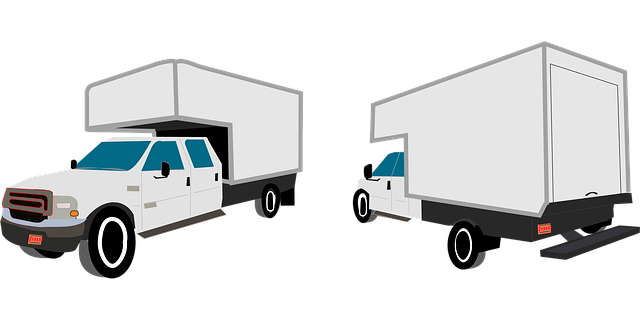Looking to register your car in California? This comprehensive guide walks you through the entire process, ensuring a smooth experience. From understanding essential requirements for car registration in California to gathering crucial documents for VIN verification, this step-by-step tutorial covers it all. Learn how to perform a vehicle history report, complete the registration online or at a DMV office, and pay fees. Get your car registered efficiently with our expert tips on VIN verification.
- Understand the Requirements for Car Registration in California
- Gather Necessary Documents for VIN Verification
- Perform a Vehicle History Report and Check for Any Issues
- Complete the Registration Process at a DMV Office or Online
- Pay the Required Fees and Obtain Your Registration Papers
Understand the Requirements for Car Registration in California

Before diving into the registration process, it’s crucial to understand the requirements for car registration in California. This includes ensuring your vehicle meets all safety and environmental standards, as well as providing proof of insurance and paying the necessary fees. One critical step is the vin verification, where the unique identifier number (VIN) of your vehicle is checked against state records to confirm its authenticity and history.
Using a mobile vin verifier or conducting a vin inspection is often recommended, as it allows for a convenient and efficient way to meet these requirements. This digital process can save time and ensure that all necessary documents are in order, making the registration experience smoother for California residents.
Gather Necessary Documents for VIN Verification

Before you begin the registration process in California, it’s crucial to gather all necessary documents for VIN verification. The Vehicle Identification Number (VIN) is a unique code that identifies your car and is essential for completing the inspection. Make sure you have your vehicle’s registration certificate from the previous state, a valid driver’s license, proof of insurance, and your purchase or sales agreement if applicable. Additionally, for a seamless process, consider having a mobile VIN verifier at hand – this can be especially useful as many services now offer convenient, on-demand mobile VIN verification and inspection options.
Having these documents ready ensures that the registration process flows smoothly, avoiding potential delays or complications. Remember to check with your local California Department of Motor Vehicles (DMV) office for any additional requirements beyond the standard documentation typically needed for VIN verification.
Perform a Vehicle History Report and Check for Any Issues

Before registering your car in California, it’s crucial to perform a Vehicle History Report (VHR) using the unique Vehicle Identification Number (VIN). This process allows you to uncover any previous accidents, damage, or outstanding issues linked to the vehicle. Many online platforms offer VHR services, where you can input the VIN for a comprehensive inspection. These reports are essential as California requires a thorough check to ensure road safety and prevent fraud.
A detailed VIN inspection can reveal hidden problems, such as extensive frame damage or unpaid liens. Opting for a mobile vin verification service can make this process more convenient, especially if you’re buying a used car from an individual. This additional step ensures peace of mind and helps you avoid potential issues that could arise after registration.
Complete the Registration Process at a DMV Office or Online

You have a few options when it comes to registering your car in California. One way is to complete the process at a DMV office in person. This traditional method involves gathering necessary documents, such as proof of insurance and vehicle ownership, and filling out registration forms. An alternative and increasingly popular option is to register online through the DMV’s website. This digital approach streamlines the process, allowing you to upload documents and submit applications remotely.
Whichever route you choose, a crucial step in both methods is vin verification. The Vehicle Identification Number (VIN) inspection ensures that your car matches the details provided on registration documents. For added convenience, some services offer mobile vin inspection or verification, allowing for even greater flexibility when preparing your vehicle for registration.
Pay the Required Fees and Obtain Your Registration Papers

After completing your vehicle’s registration application, it’s time to pay the required fees and obtain your registration papers. California charges a base fee for registration, with additional costs depending on factors like the age and make of your car. You’ll need to settle these fees using a valid method, typically a debit or credit card. Once processed, you’ll receive your registration documents in the mail within a specified timeframe.
Don’t forget that accurate VIN (Vehicle Identification Number) verification is a crucial part of this process. To ensure everything is in order, consider opting for a mobile VIN inspection or verification service. These services offer convenience by allowing a professional to check and confirm your vehicle’s details right at your location, saving you time and potential errors during the registration.
Registering a car in California involves several straightforward steps. By understanding the requirements, gathering essential documents for VIN verification, checking a vehicle history report, completing the registration process online or at a DMV office, and paying the necessary fees, you can ensure your car is legally registered and ready to hit the road. Remember to keep your registration papers up-to-date for smooth driving experiences in the Golden State.
